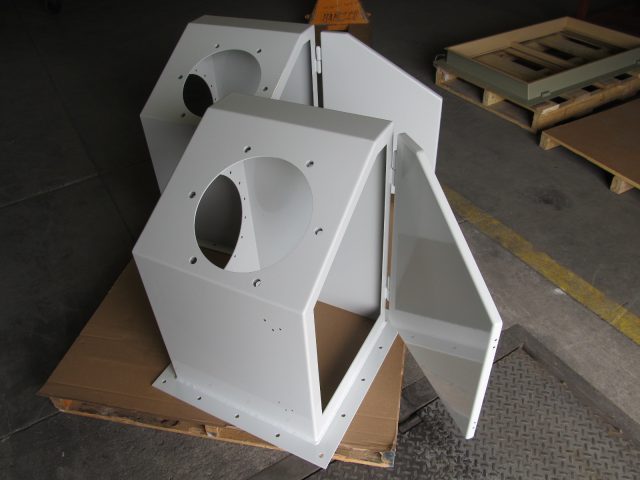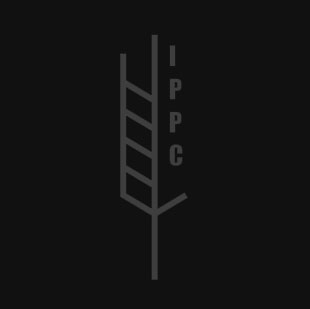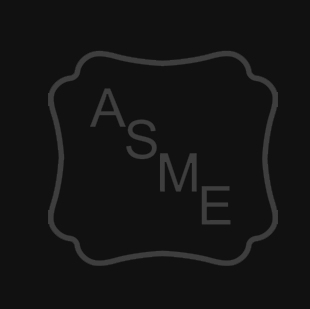Industrial metal painting is a metal finishing technique applied to fabricated metal products, parts, or components. It is a popular metal coating technique that offers both a functional and aesthetic value to fabricated metal products. Without proper finishing, there are some metals that, left exposed in certain environments, will begin to tarnish and corrode. If left untreated, fabricated metal parts can quickly succumb to environmental exposure—rain, moisture, marine salts, ultraviolet light, extreme temperatures—or degrade from the routine effects of corrosive chemicals and agents found in selective industrial and manufacturing environments. As a finishing technique, industrial metal painting protects metal surfaces to ensure durability and gives most fabricated metals visual appeal which adds value to the finished product.
Benefits of Industrial Metal Painting
One of the more obvious reasons metals are painted is for the aesthetic appeal it gives a product. In fact, with the exception of certain stainless steel applications in architecture and design, painting metal visually improves the finished appearance of metal products, offering a smooth and uniform appearance. Paint comes in a near-limitless variety and choices, is available in numerous shades, is affordable, and is easy to apply. Specific colors can be customized for corporate branding and color-coding, making products easily identifiable.
On a functional level, industrial metal painting provides a hard, durable finish that protects metal surfaces from adverse chemical reactions, physical contact, and exposure. Painting metal surfaces mitigate the damaging effects commonly associated with corrosive industrial applications and processes to metal surfaces as well as visual appeal.
The Painting Process
As a finishing technique, painting adds protective layers to the surfaces of metal parts. Traditional painting applications utilize wet painting and powder coating methods that involve spraying or coating paints or pigments on metal parts. Before the paint is applied, metal surface areas are prepped and cleaned according to the condition of the substrate and the type of coating to be applied. The latter needs to be specified as it relates to each type of metal.
Electrostatic paint guns are commonly employed by fabricators to spray electrically charged paint particles onto conductive metal surfaces. The result produces a uniform coat that can stand up to the toughest environments. Dry coating finishes utilize similar electrostatic processes but with specially designed powder coating guns. The process sprays dry-charged thermoplastic or thermoset polymer-based powder onto the metal to a desired textured, matte, or glossy finish. Once the powder is applied it is cured under heat, creating a skin-like finish, which provides a durable, protective coating with excellent performance properties.
Once the painting is completed, the metal product is baked and air-dried as a finishing step before packing or crating.
Commonly Painted Industrial Metals
Metal painting services and procedures vary depending on the type of metal that requires a coating. However, the most common industrial metals painted are aluminum and carbon steel. In regards to the former, though aluminum does not often require coating due to its good corrosion-resistant properties, in certain environments coatings are needed to provide added protection to the surface. Painting aluminum is also an option to enhance the material’s aesthetic appeal. As an alternative service to painting, aluminum can also be treated with a chemical conversion process via chemical film passivation that adds further corrosion protection to parts and components.
On the other hand, carbon steel is an industrial metal that requires painting. Of the many favorable properties that make carbon steel prized by fabricators, the one property it does not hold is corrosion resistance. In general, any exposed exterior applications of carbon steel must be protected from corrosion by painting or some other method of coating. Such protective coating inhibits rust and any other chemical reactions in the surrounding environment that could result in corroding the material.
Industries That Utilize Metal Painting Services
As fabricated metal parts, components, and products are integral to industrial manufacturing worldwide, metal painting services are employed in nearly every industrial sector. Metal paint is required for building and construction, automotive and aerospace, agriculture, mining, all related marine industries, utilities, and energy—any instance where conditions warrant protective coating of metal materials and corrosion resistance is critical. This would include any types of steel structures, agricultural and construction machinery, bridges, storage tanks, wind turbines, any seafaring vessel, industrial springs, cisterns, handrails, wastewater treatment plants, cranes and conveyors, and immersed metal structures.
Choosing the correct industrial metal painting service can protect products and provide an aesthetic appearance to enhance value. By combining functionality and visual appeal, industrial metal painting remains an important finishing technique in the fabrication of metal parts, components, and products. To learn more about our metal painting services, please contact us at Quest-Tech today!



